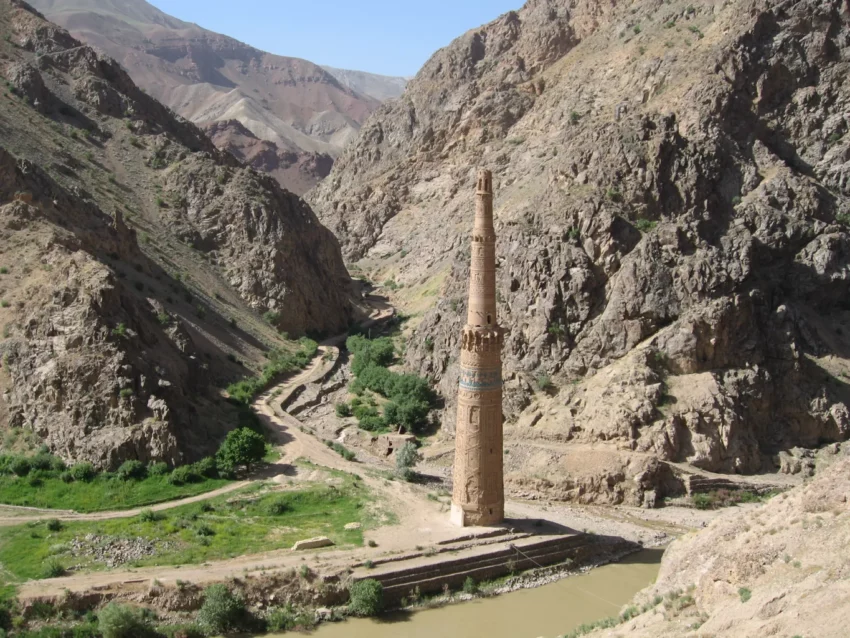Afghanistan, a land of rugged beauty and rich history, is home to some of the most captivating ancient sites and historical places in the world. This blog post explores six of the country’s most remarkable landmarks, each offering a unique glimpse into Afghanistan’s storied past. From the towering elegance of the Minaret of Jam to the formidable Herat Citadel, the serene Haji Piyada Mosque, the Greco-Bactrian remnants of Ai Khanoum, and the ancient city ruins of Shahr-e Gholghola and Shahr-e Zuhak, these sites stand as enduring testaments to the region’s diverse cultural heritage and historical significance. Join us on a journey through time as we uncover the fascinating histories and architectural marvels that define Afghanistan’s rich archaeological landscape
Get your dose of History via Email
Minaret of Jam
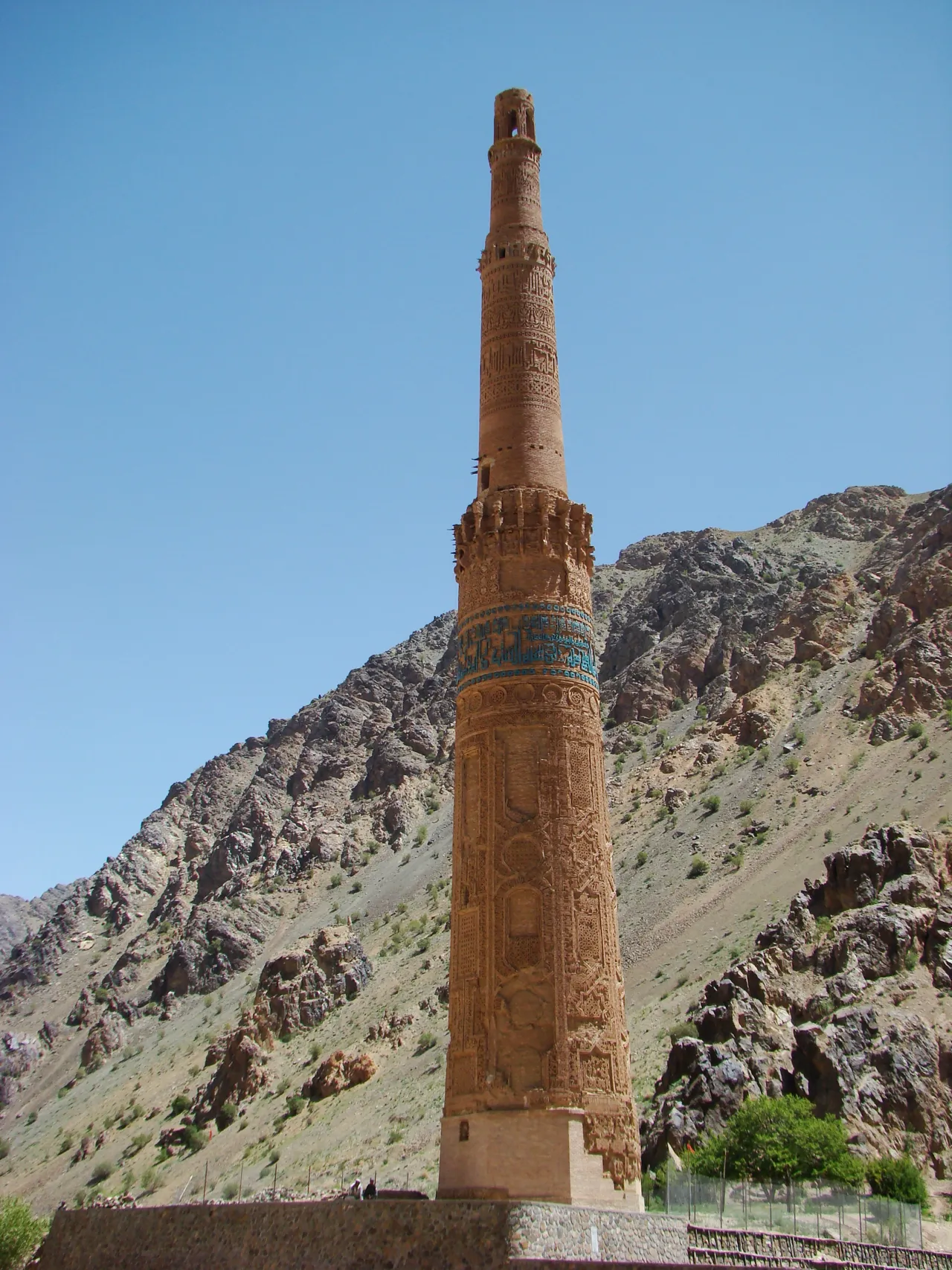
The Minaret of Jam is a towering structure standing at 65 meters high. It’s a 12th-century masterpiece of Islamic architecture with intricate brickwork and Kufic inscriptions. Built around 1190 AD, it served as a minaret for the Friday mosque of the lost city of Firozkoh. The minaret is notable for its geometric design and stucco decorations. Visitors should aim to visit during the dry season to avoid the area’s heavy rains. There are no official entrance fees, but the remote location may require a guide.
Herat Citadel
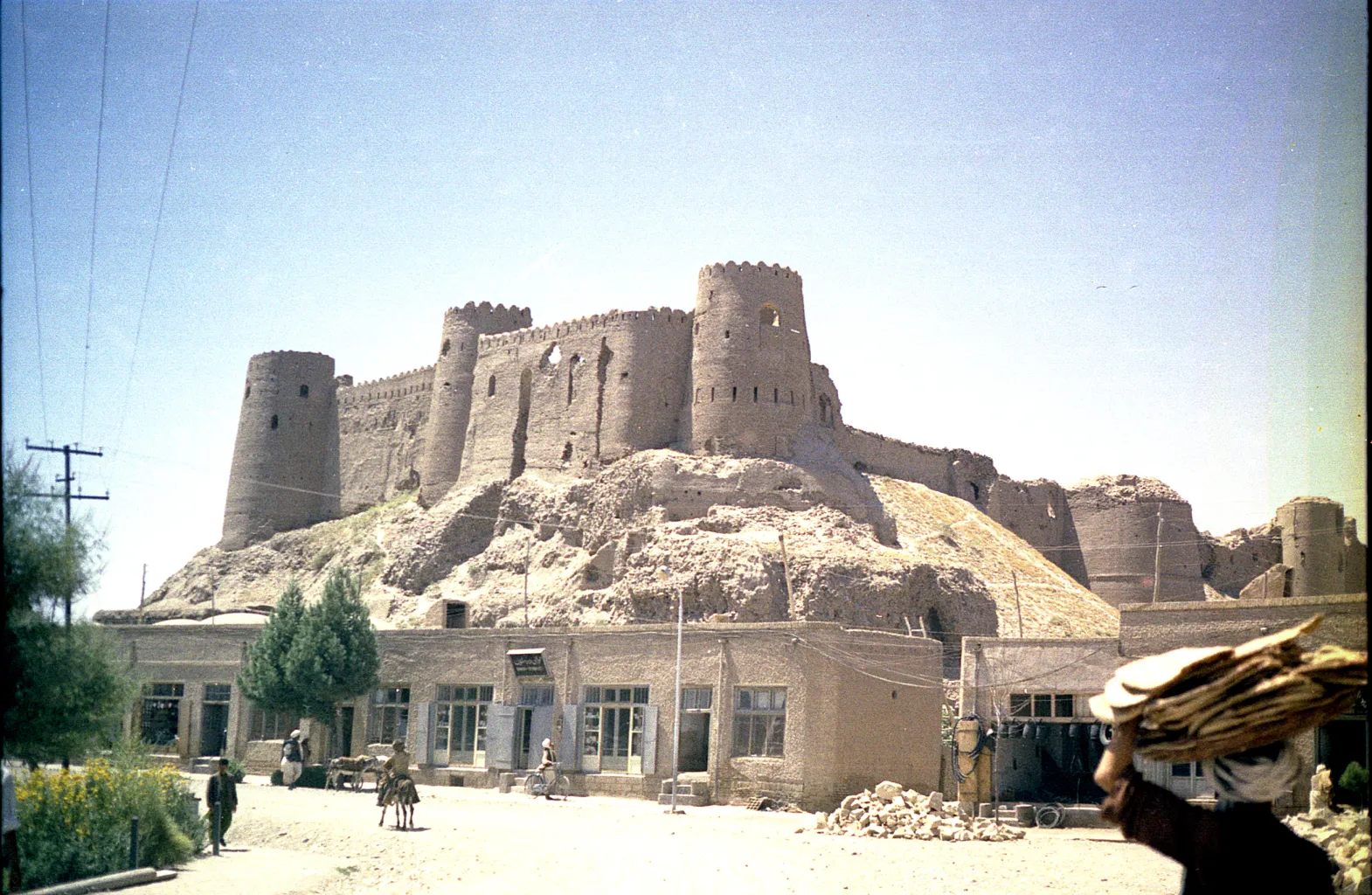
Herat Citadel, also known as the Citadel of Alexander, has stood as a fortress since 330 BC. It has witnessed the passage of numerous empires, from the Macedonians to the Timurids. The citadel features impressive walls and battlements that showcase military architecture of different eras. The best time to visit is in the spring or autumn to avoid extreme temperatures. There is usually a small entrance fee for maintenance and preservation efforts.
Haji Piyada Mosque
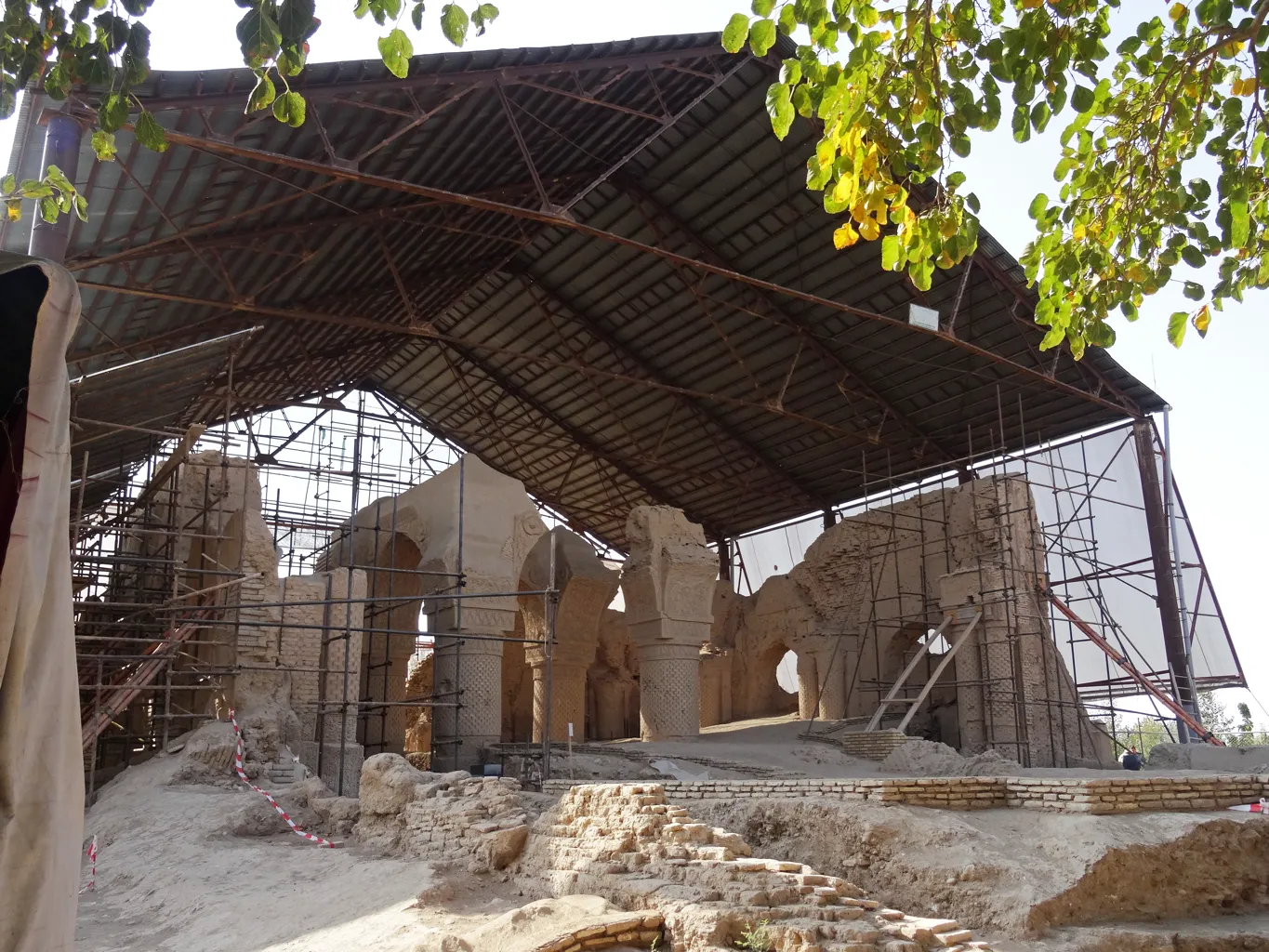
Haji Piyada Mosque, also known as Noh Gumbad Mosque, is the oldest known Islamic building in Afghanistan, dating back to the late 9th century AD. Its historical significance lies in its pioneering Islamic architectural features. The mosque showcases an early Islamic design with a distinctive nonagonal structure. Visitors should check local conditions before planning a visit, as the site is not always accessible. There is no entrance fee, but donations for preservation are welcome.
Ai Khanoum
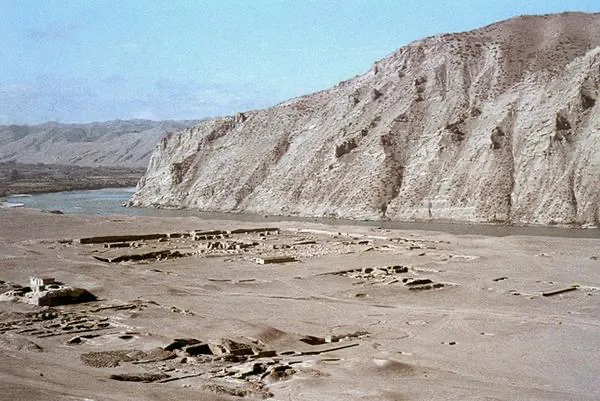
Ai Khanoum, sometimes referred to as the “Alexandria on the Oxus,” was a Hellenistic city founded in the 4th century BC. It’s a testament to the fusion of Greek and Eastern cultures. Key architectural features include a gymnasium and a Greek-style theatre. The best time to visit is in the cooler months, from October to April. There are no entrance fees, but the remote location means visitors should prepare for a journey.
Shahr-e Gholghola
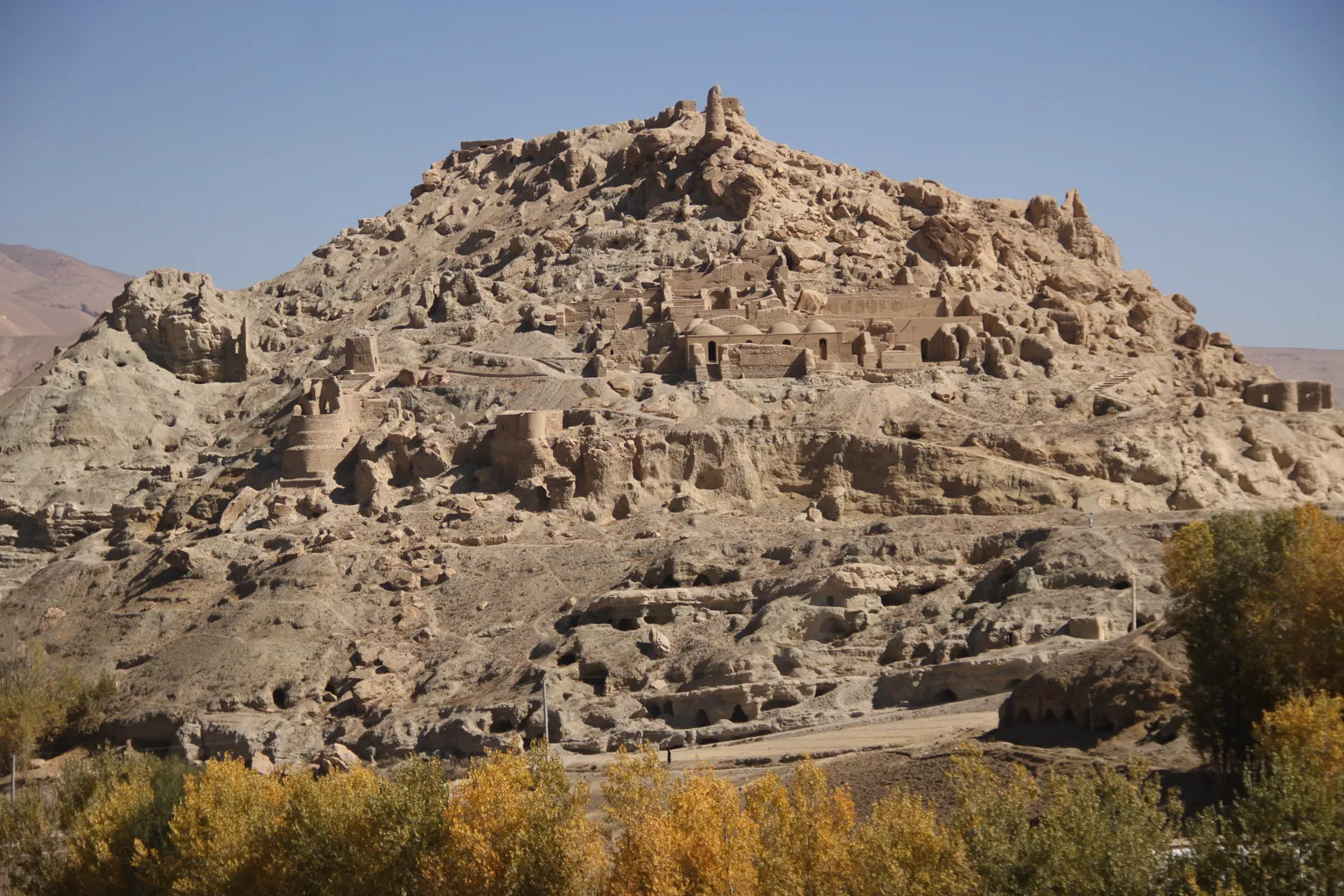
Shahr-e Gholghola, also known as the “City of Screams,” is an ancient city that dates back to the 6th century AD. It holds historical significance due to its resistance against the Mongol invasion. The ruins offer a glimpse into the city’s defensive structures and urban layout. The best visiting times are in the spring and fall. There is no entrance fee, but the site’s haunting history is priceless.
Shahr-e Zuhak
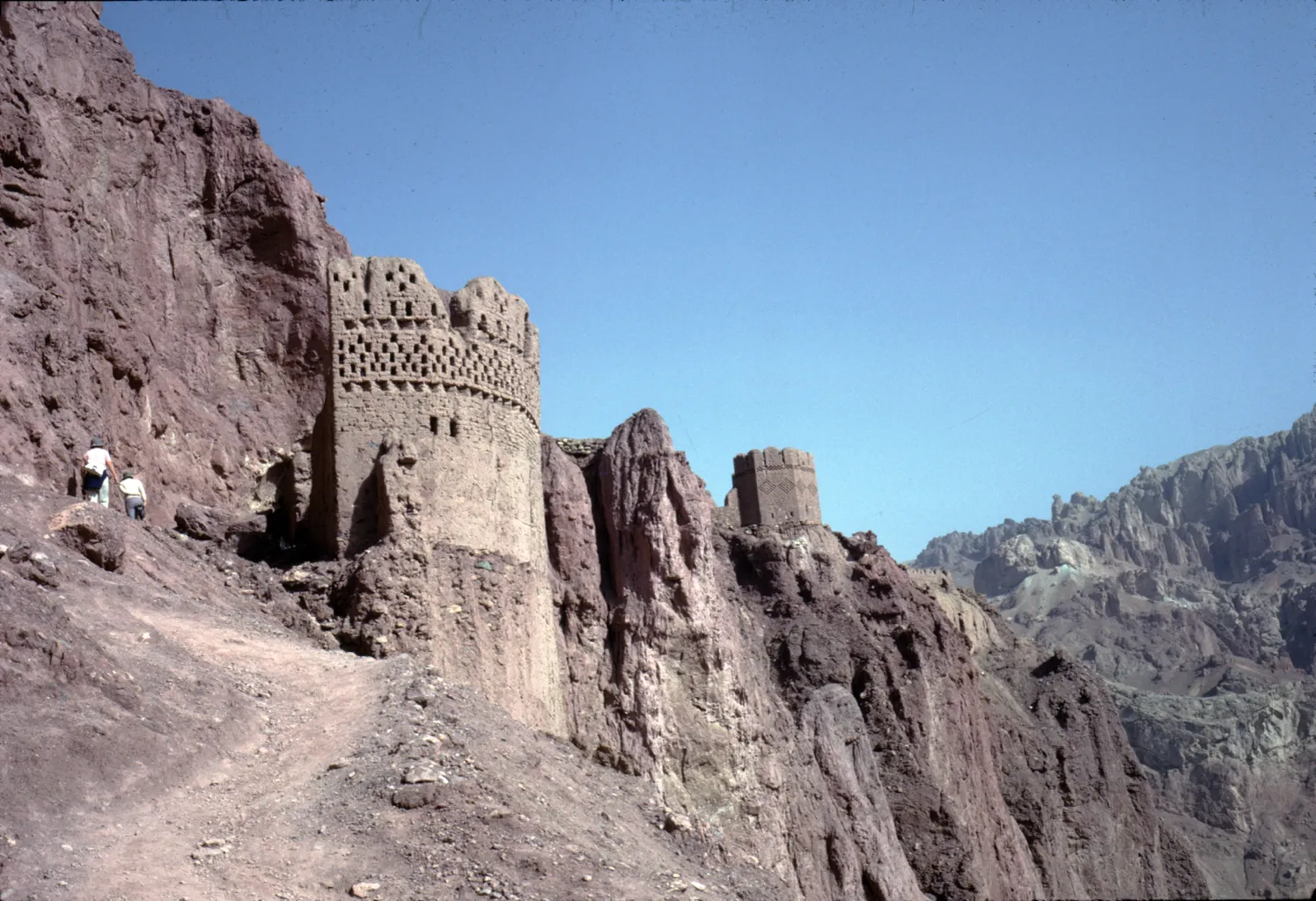
Shahr-e Zuhak, known as the “Red City,” dates back to the 1st century AD. It was once a thriving fortress that guarded the approaches to Bamiyan. The site is significant for its defensive architecture, including towers and walls that blend with the red cliffs. The best time to visit is during the mild weather of spring or autumn. There is no entrance fee, but the rugged terrain may require sturdy footwear.

